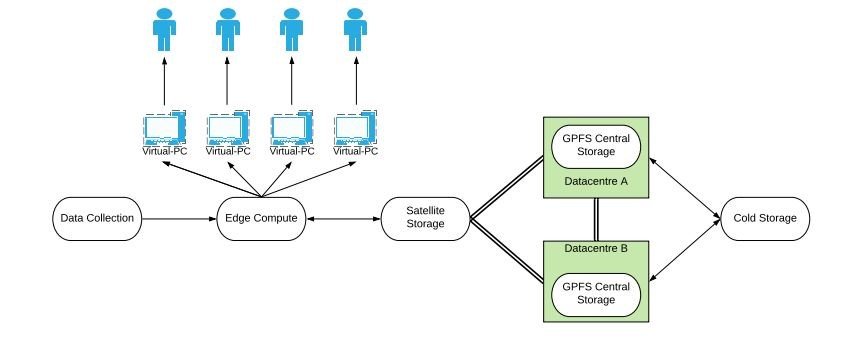Joe Clarke
University of Manchster
The University of Manchester’s Research Lifecycle Programme is a series of investments of over £15 million, rolled out over five years. There are more than 20 projects spread across three broad areas; research information, research processes and e-research infrastructure. Taken together, they will remove administrative and technological barriers and enable researchers to focus on their work.
Can you give us an overview of the project?
Project N sits within the e-research infrastructure strand of the Research Lifecycle programme.The project will provide an inventory of non-standard compute resources and storage devices that are used by researchers in laboratories across the University of Manchester.
Once inventoried, the project will propose dedicated infrastructure solutions that will be easier to manage and more flexible to use.
Did you work with research infrastructure specialists from the start of the project?
The project is part of a long-term investment by the university, and the work is a close collaboration between researchers, the networks team, and research IT. It will be impossible to complete the work without the support of any one of these partners. Research IT spends a great deal of time working and engaging with researchers and academics across the university so are familiar with the equipment they use and the challenges they face in doing so. This knowledge, and indeed trust, is a vital part of ensuring that all academics are supported by this project.
Once you started working did you encounter any specific problems or challenges?
Almost every laboratory installation encountered by Research IT is specific to that lab. This means there is a huge diversity in hardware and software across the institution. One size definitely doesn’t fit all.
What has been the benefit of working with Research IT?
There is a model installation that will see data laboratory equipment, scanning electron microscopes, for example, written to a fast GPFS storage platform. This data can then be directly accessed by virtual desktops, which are accessible from anywhere via the university’s VPN. The virtual desktops can be supplemented with virtual GPUs to further accelerate compute tasks.This model installation can support different operating systems and is eminently scalable. It also supports research data management; ensuring that data that was previously stored locally is backed up on platforms with multiple redundancies. It also enables rarely used data to be easily moved to cold storage.
The global outbreak of Coronavirus has highlighted the need for more flexible approaches to research, and this project supports this.
